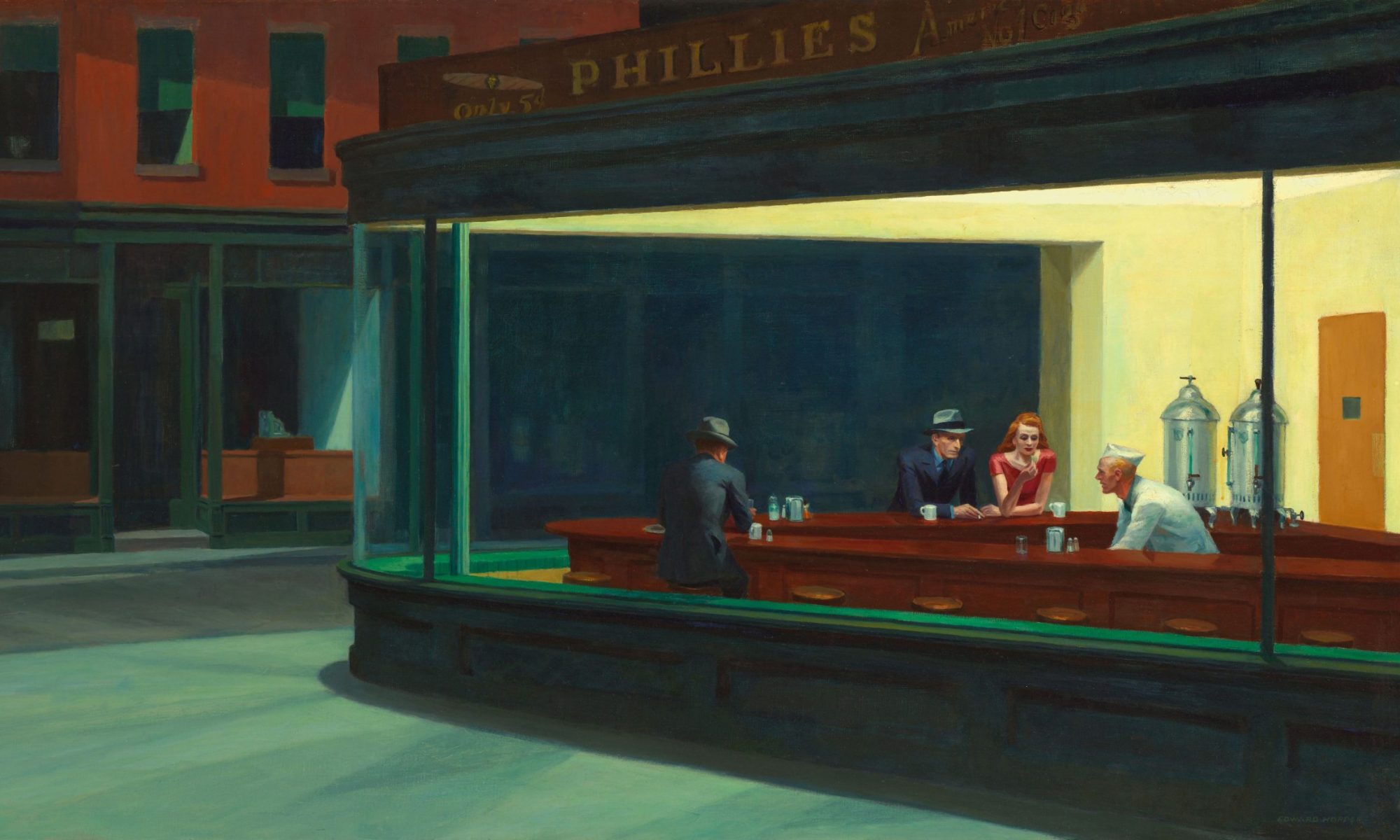Air Commodore Sir Charles Jocelyn Hambro, 3 October 1897 – 28 August 1963 was a British merchant banker and intelligence officer.
Charles Hambro is a character in the novel The Wallenberg Dossier.
He was awarded the Military Cross on 26 September 1917 for conspicuous bravery in action. The citation reads: “For conspicuous gallantry and devotion to duty. Accompanied by a private, he crossed to the enemy’s side of a canal and rescued two wounded men, one of whom was unable to walk, from close under the enemy’s parapet. Later in the day, he went forward in charge of the leading patrol of an advance, personally accounting for four of the enemy with his revolver and capturing several prisoners with his party. On reaching his objective, he sent back correct and valuable information, and has at all times displayed the utmost coolness and gallantry.”
During the Second World War, Hambro was in charge of activities in Scandinavia, arranging smuggling, intelligence networks and sabotage operations. After the fall of France in June 1940, Hambro became colonel and joined the Ministry of Economic Warfare, a cover organisation for the famous Special Operations Executive – SOE. The SOE had the duty of creating “a spirit of resistance in occupied territories”. From December 1940 to November 1941, Hambro oversaw the French, Belgian, German and Dutch SOE, thereafter becoming deputy leader of SOE. In 1942 he convinced the British and Norwegian organisations to form a commission that conceived Operation Grouse and Operation Swallow, Norwegian heavy water sabotage missions. Hambro was promoted to Air Commodore.
During the Second World War he was head of the “British raw materials mission” in Washington; a cover for exchanging information and technology between Britain and the United States.
